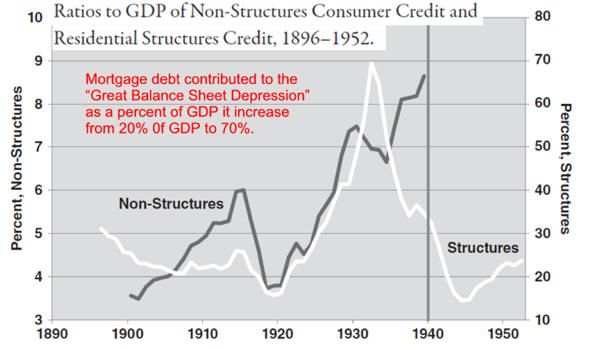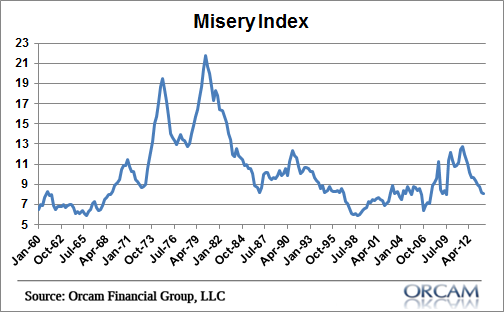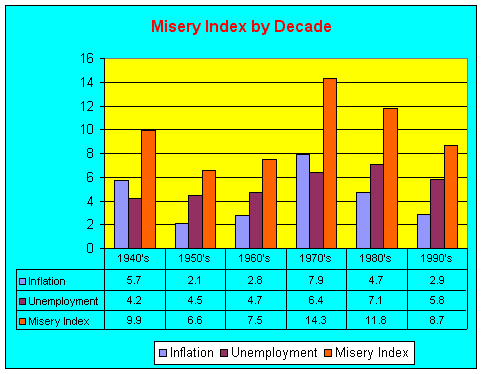
Return to
Current Political Economy Issues
Most Sever US Recessions1
Relate studies
US Recessions Chronology
Most Severe US Recessions
The Great Recession
3 p study
Great Recession: Historical Perspective
The Business Cycle
Post WW 2 US Economic Adjustments
Post WW2 International Economic Adjustment
Global Economic Growth and the Rise of Populism
Western Civilization Economic History
Post WW 2 Recession Recoveries












